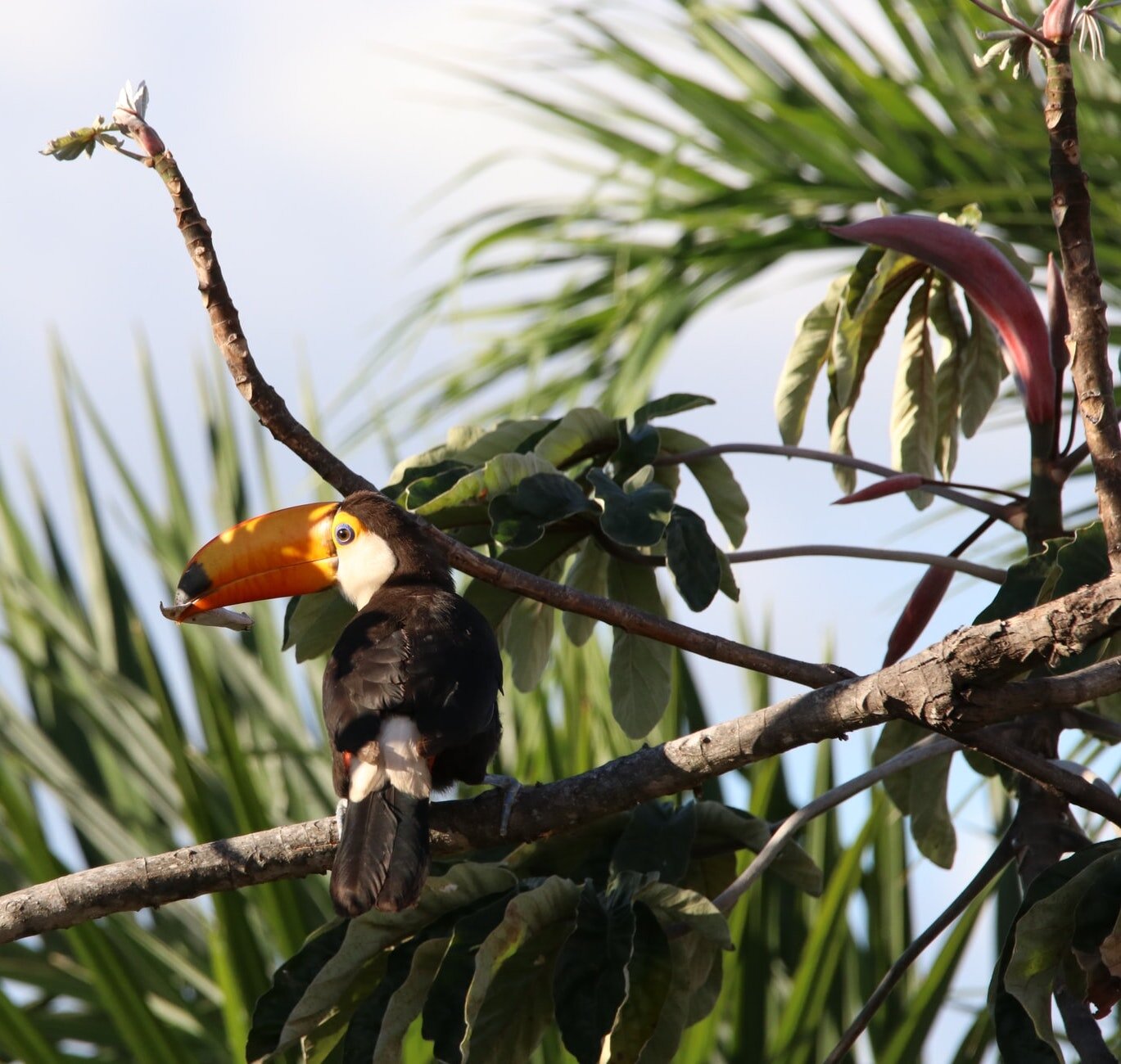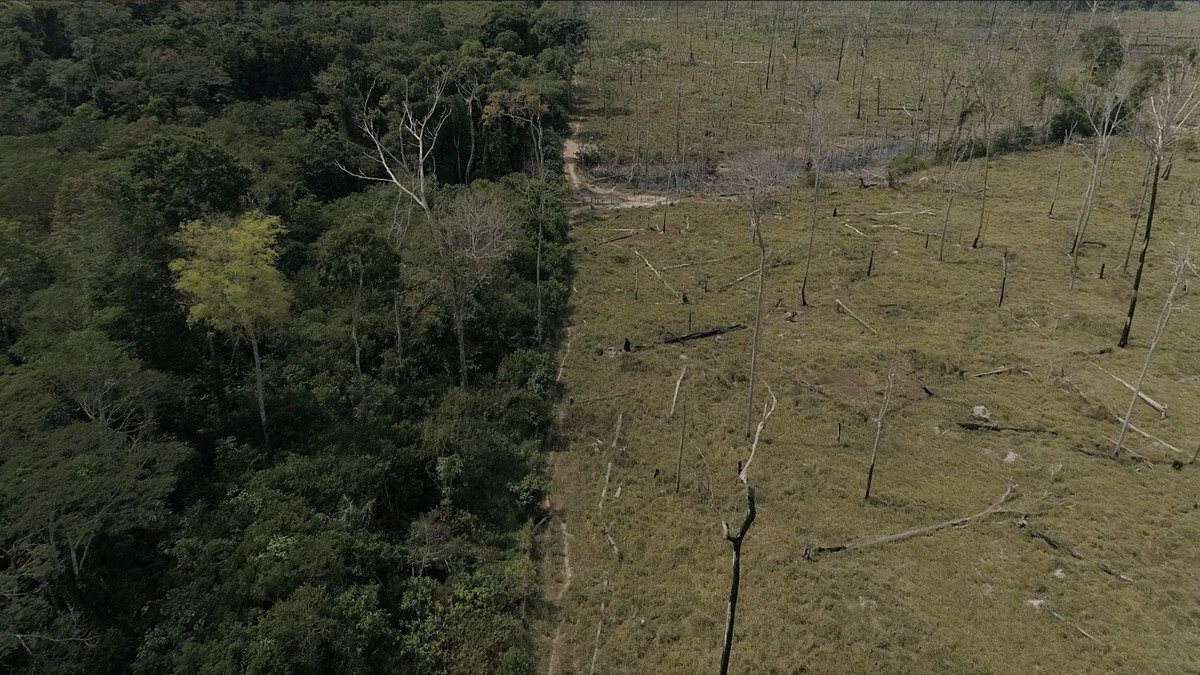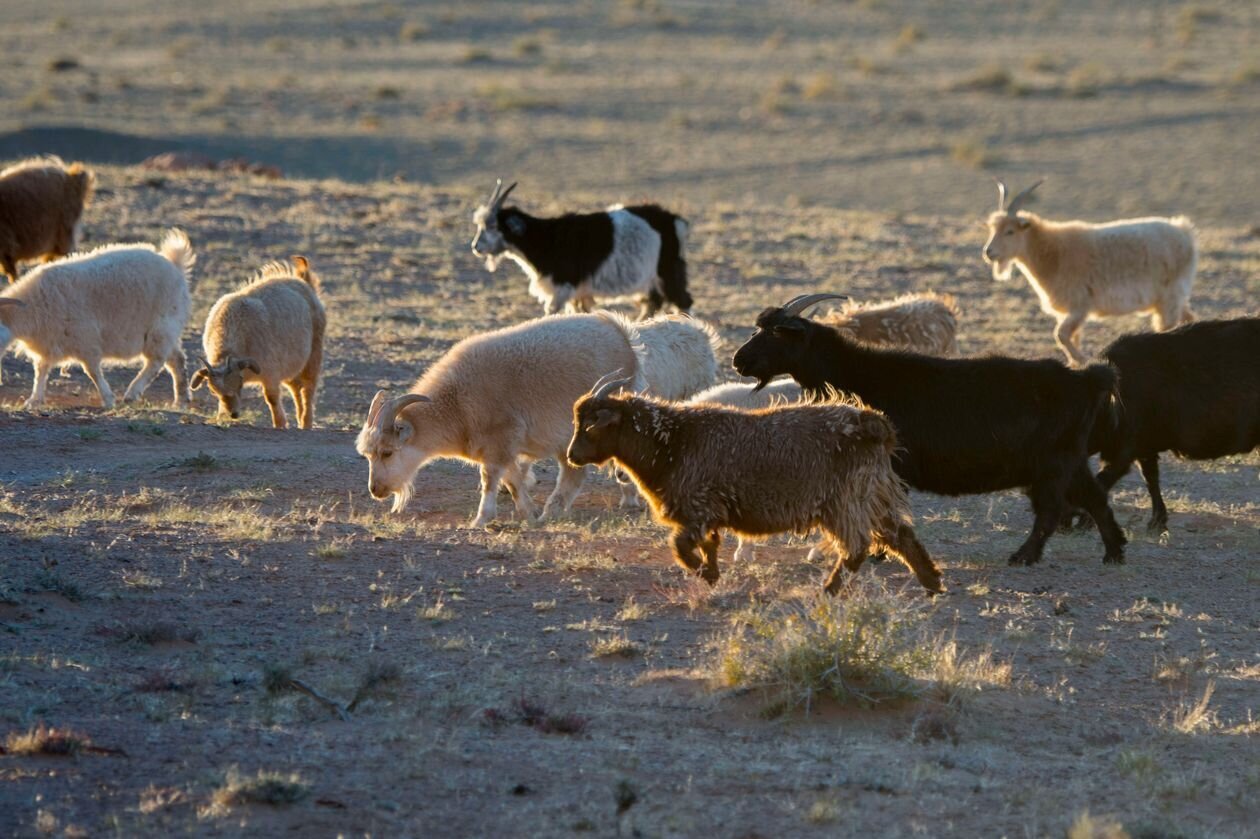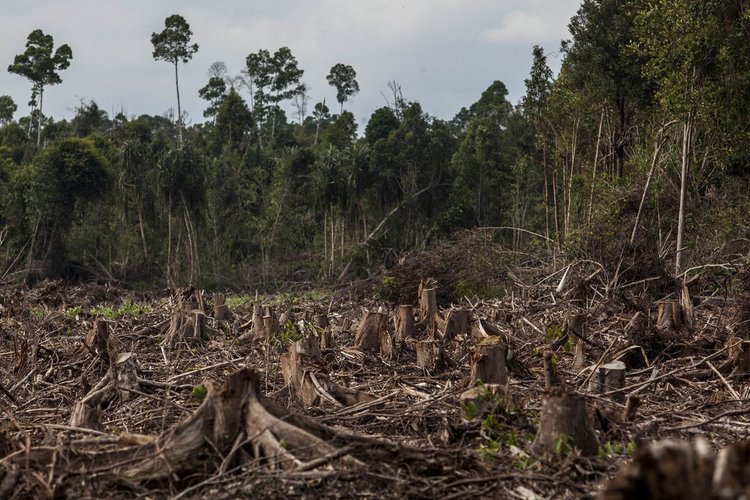Deforestation and biodiversity destruction for fashion
For too long, a desire for animal-derived clothing has caused mass deforestation and biodiversity destruction.
The amount of land required to produce materials is ecologically important.
The more land-intensive a material is, the more native ecosystems full of diverse plant and animal life must be cleared and kept in an unnatural state.
The most land-intensive materials are those that are ‘naturally derived’ from animal wool and skin, cotton, hemp, and wood pulp. However, the amount of land used for all animal agriculture for fashion and food, as compared to all cropping used to produce the same, is far larger.
More agricultural land is used for animal-derived fashion and food than anything else.
Half of all habitable land – so forget glaciers and barren land – is used for agriculture. Of this land, 77% is used for raising animals for slaughter and growing crops to feed these animals.
54% [PDF 1.2MB] of Australian land degradation is due to animal agriculture. 63% of arable land in Europe is used for animal agriculture. 85% of the UK’s agricultural land is down to animals. 41% of U.S land in the contiguous states relate to animal agriculture.
From this comes leather, wool, down, meat, dairy and eggs. We produce more crops to sustain animal agriculture than we do animal-based products.
Animal agriculture is inefficient and wasteful
Only 55% of the world’s crops are consumed by humans. The rest are fed to animals. If we stopped demanding animal materials and foods, we could use this land differently. We could feed the millions of hungry people around the world more easily and produce clothes for us all with far less land [PDF 1.1MB].
Animal materials are inefficient and wasteful
You can produce far more cotton or hemp than you can wool on the same amount of land. You can produce far more pineapples to feed people and create leather alternative materials with than you can leather from cow skins. Wearing animal-based materials means we are destroying more natural landscapes than we need to.
As we demand more animal materials and products, more native land is destroyed and more wildlife lose their natural habitat.
The farming of cattle for leather and beef is responsible for 80% of the Amazon’s deforestation.
Illegal fires are set in the Amazon for cattle ranching, burning old growth forest, destroying plants and killing rare and wild animals. Other land is cleared legally with the same outcome.
Research and reporting from stand.earth found a huge number of mainstream and luxury brands are connected to and funding Amazon deforestation through their leather supply chains, even when using Leather Working Group certified leather.
Another contributor to this deforestation is soy production. 80% of this soy is fed to farmed animals, including those we wear, around the world.
Image: Cleared Amazonian land.
/ Ana Terra Athayde / Vox
In Queensland, where most Australian deforestation takes place, over 90% is due to the cattle and sheep industries.
If the fashion industry refused to use wool and leather for the sake of the planet, the profits of the sheep and cattle industries would drop dramatically, forcing it to shrink.
Native animals like koalas, who are now considered endangered in the state, suffer and lose their habitat due to animal agricultural land clearing. In Queensland and New South Wales, it is estimated that 50 million native animals like koalas [PDF 1.7MB] die each year due to habitat loss.
Image: Koalas on recently torn down trees.
/ Briano / WWF
Not only is land cleared for animal fashion and food, it is degraded.
Land degradation
Animals with hooves, like cattle, goats and sheep, can negatively impact soil by compacting it as they stand on it. This can cause the soil to be less nutrient-rich.
Mongolia is the second largest cashmere producer. A study of Mongolia’s grasslands showed that 65% of them have been degraded due to grazing goats in the cashmere industry and global warming, partially caused by methane release from farmed animals themselves.
A researcher involved in the study, Bulgamaa Densambuu, said that ‘ninety percent of this total degraded rangeland can be recovered naturally within 10 years if we can change existing management. But if we can’t change [this] today, it will be too late after 5 to 10 years.’
Image: Wolfgang Koehler via Wall Street Journal
Land preservation and regeneration
The impact of land degradation can be reversed. In the first half of the 20th century, Patagonia, Argentina was second only to Australia in wool production. The sheep on this land had caused near desertification, with soil quality and health being so diminished that it was impacting plant growth and life.
Patagonia Park ‘destocked’ this land by removing all sheep and allowing native animals to stay without competition for food. Since then, project biologists have said they are ‘impressed with the speed at which these grasslands have regained their vitality’ as those working to restore Patagonia Park ‘watch the land heal and transform at an astounding rate’.
Similar ‘destocking’ has occurred in Australia, positively impacting the native plants and land.
Image: Native animals in Patagonia / Parque Patagonia
The United Nations recognises land use change resulting in habitat destruction as the leading cause of species extinction.
The use of animals in fashion has a lot to answer to in this regard.
Image: Graph from a scientific report that shared this highly conservative estimate of the cumulative extinction of vertebrate species.
Many native animals and plants are endangered by destruction for animal derived material production.
Species extinction
Over the last 200 years, the highest recorded mammalian extinction rate took place in Australia, with similar patterns seen globally. Over 50 animal and 60 plant species have become extinct.
Conservative estimates put more than 1,800 plant and animal species and woodlands, forests and wetlands at risk of extinction.
These problems extend far beyond Australia, with deforestation and the climate crisis being a global issue.
Image: The gouldian finch is native to Australia, and is endangered.
/ Nature Australia / Sompreaw
The importance of biodiversity
Biodiversity simply means a diverse range of animal and plant life in ecosystems. It is the lifeline of our planet, and for all of us living on it. Without a biodiverse ecosystem, our access to oxygen, clean air and water is at risk. The pollination of plants by insects reduces and lessens the amount of plants we can eat and thrive off of.
The United Nations identified agriculture as one of the primary causes of biodiversity loss globally, with about 28% of Earth’s land surface being grazed by farmed animals. We must address this in the way we dress.
Image: Native Australian blue banded bees face habitat loss.
/ ABC / Open Contributor Glanzpunkt
Materials made from non-certified cellulose sources, like viscose and rayon, also cause massive deforestation.
These materials are made from wood pulp, and according to Canopy, 30% come from endangered and ancient forests. These materials, along with lyocell, can be made sustainably from farmed wood sources, so only materials coming from certified forestry should be used by the fashion industry and those buying into it.
Deforestation is also a human rights issue, often violating Indigenous land rights
This conflict can also result in physical violence against Indigenous communities. What’s more, Indigenous communities protect 80% of remaining diversity, with deforestation exacerbating our environmental crisis.
Image: Members of the Xavante tribe sit on land burnt clear for cattle ranching and other production. // Giorgos Moutafis
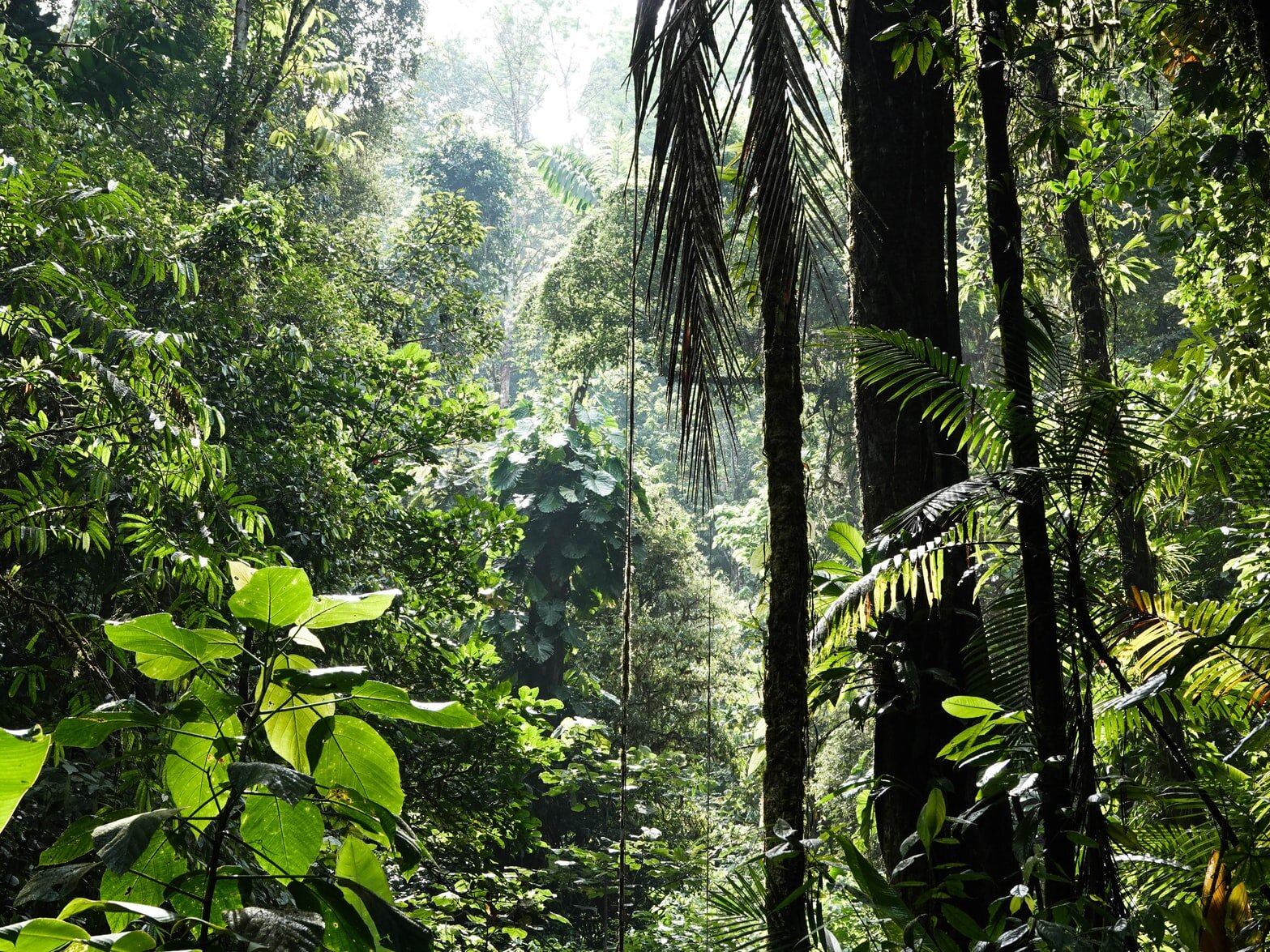
By transitioning away from animal agriculture, land used for farming could be reduced by 75% globally.
And, we would still be able to clothe and feed everyone.
A switch to more efficient plant-based agriculture and increased support for lab-grown and horizontally farmed materials means less farmland used. This land can instead be rewilded - returned to its natural state. Led by Indigenous people with a knowledge of their native land, rewilding supports biodiversity and sequesters carbon.
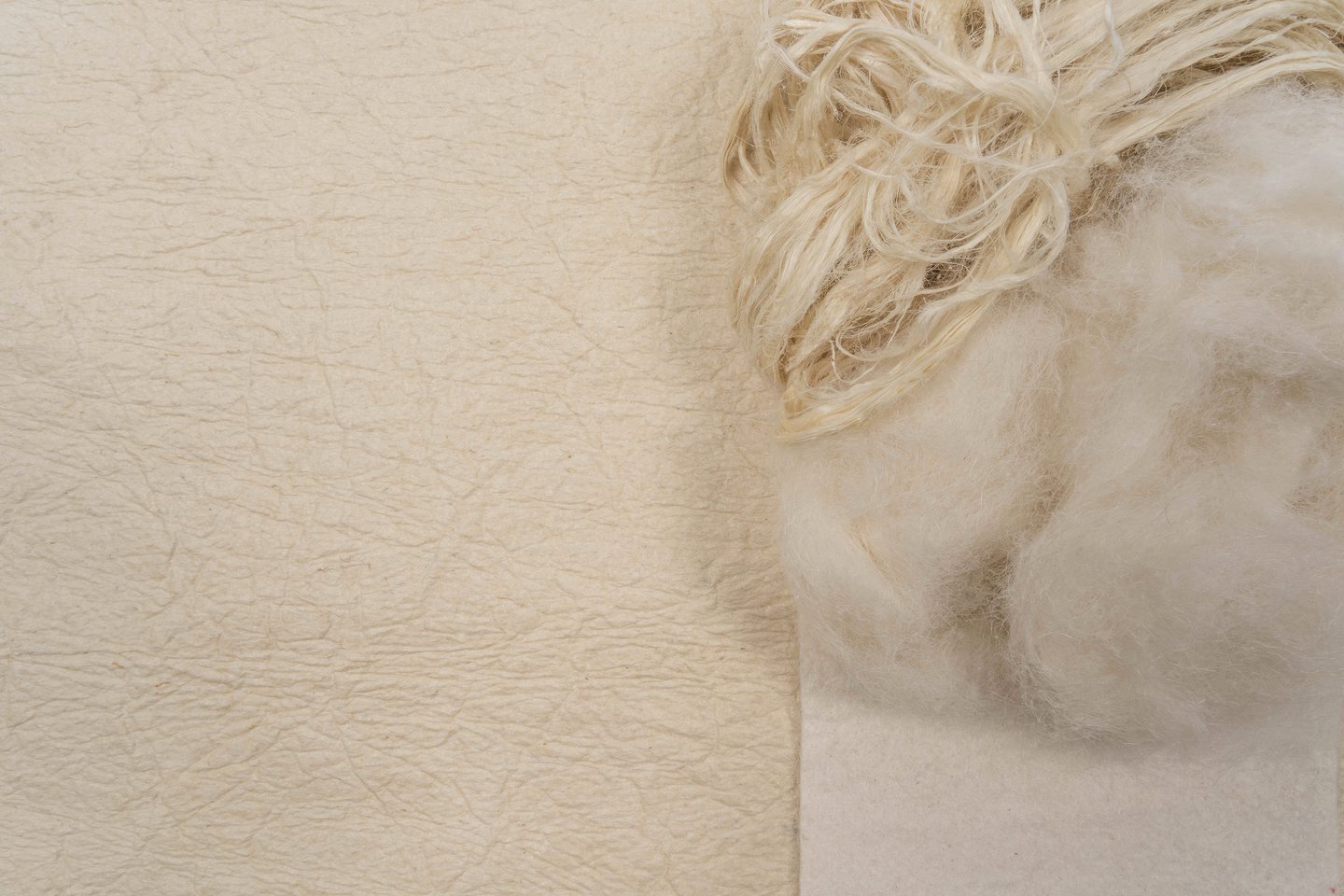
Animal and plant species are dying out every day. We need to make a change now.
Want to keep learning?
-
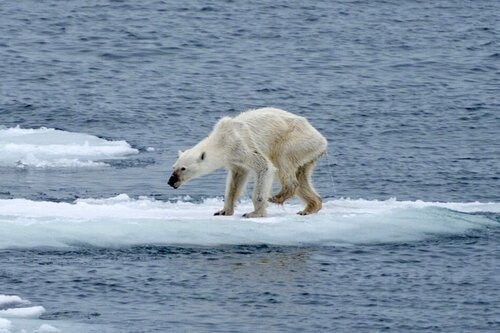
Greenhouse gas emissions
As our climate continues to warm, many plant and animal species will not survive. More human homes will become unliveable because of rising temperatures and seas.
-

Shear Destruction
From habitat degradation caused by grazing sheep to the chemicals used in scouring, the process of rearing sheep and turning wool into fiber is riddled with threats to wildlife.
-

5 ways to shop more sustainably
We cannot sustain the fast pace of fashion which is destroying our planet,. So, here’s how we can shop in a way that is caring, not harmful.

